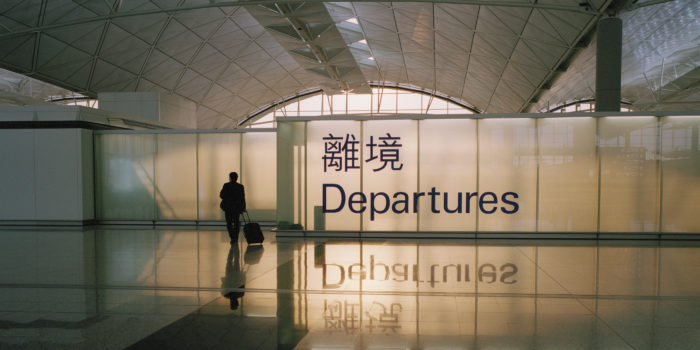
On November 1, 2016, China’s State Administration of Foreign Experts Affairs (SAFEA) launched a pilot work permit program in select regions of Beijing, Shanghai, Tianjin, Anhui, Guangdong, Hebei, Shandong, Sichuan and Ningxia.
The program is widely anticipated to roll out nationwide on April 1, 2017.
China’s previous foreign work permits have been integrated into the Permit System for Foreigners in China, a single work permit based on a three-tiered classification system. The permit provides a federal model, eliminating the often troublesome and inconsistent regionally administered policies.
The three-tiered system classifies foreign workers as A, B or C level candidates, based on their education, salary level, age, time spent working in China and Chinese language skills. Applicants who receive more than 85 points are given the letter A, 60 to 85 points, B, and less than 60 points, C.
Further, to qualify to enter this classification system:
Category A candidates must meet internationally-recognized standards of professional achievement of talent (i.e. award winner from an Academy of Science); be employed as a deputy senior or higher, and have a minimum annual income tax bill of RMB 120,000. There is no age restriction or academic minimum required.
Category B candidates must hold a Bachelor of Arts degree and have at least 2 years’ working experience
Category C candidates have no minimum requirements but only applies to citizens where a bilateral agreement between China and their country is in place, which at present is only France, and is subject to a quota. This is the category into which an intern (who perhaps is still in University) would fall.
This new system has created a stir as companies understandably are worried about obtaining work permits and, in turn, are trying to determine if they need to adjust their internal hiring and criteria for international assignments and transfers to China. While China’s immigration policies have never been lax, it is too early to determine if the new procedures indicate more stringent criteria, or are responding to a procedure that is becoming more automated.
Below are answers to 4 frequent questions that we’ve been asked since the roll out of the pilot.
1. Shanghai has age restrictions for work permit applicants-currently 60 years maximum for males, 55 for females. Is this true for any other cities in China?
The retirement age in China has been 60 and 55 years for men and women respectively, which is why these age restrictions are placed on foreigners applying for a work permit. In some cities, Beijing, Chengdu and Guangzhou, for example, the maximum age is 60 years for both genders. Shanghai will increase the age to 60 years for both males and females when the new procedures take effect in April.
2. Are all assignees requesting work permits subject to the same rules around age restrictions?
Those falling into category A are not subject to an age restriction, while for candidates in categories B and C (the latter of which primarily applies to interns who are typically younger), much will depend on their “score.” For example, a 60+ year old skilled technician with a specialty in installing a specific machinery (i.e. specialty medical equipment) and no university degree may qualify for a work permit if he or she scores more than 60 points.
3. It has taken two to three months to obtain a work and residence permit from the start of the application in the expatriate’s home country. Is this likely to stay the same under the new system?
Yes. The process has been lengthened in the past few years as more supporting documentation, i.e. a certificate of no criminal record or diplomas / birth / marriage certificates requiring notarization, is required to support an application. There may be a further delay if additional documentation is requested, which could happen if the applicant does not qualify in one of the three categories.
4. Even after arrival in China with the correct documentation, it takes about a month to receive a work and residence permit. Is this true and likely to stay the same?
Yes, the new regulation also requires the work and resident permits to be applied for within 30 days of entering China, and it generally takes 30 days to complete the process. No change is anticipated.
In sum, even though this pilot has been in place for 4 months, it is still a work in progress. It is therefore recommended that companies planning assignments to China for the next several months should closely track the relevant regulations as they are put forth by the Chinese government in case of any material changes.